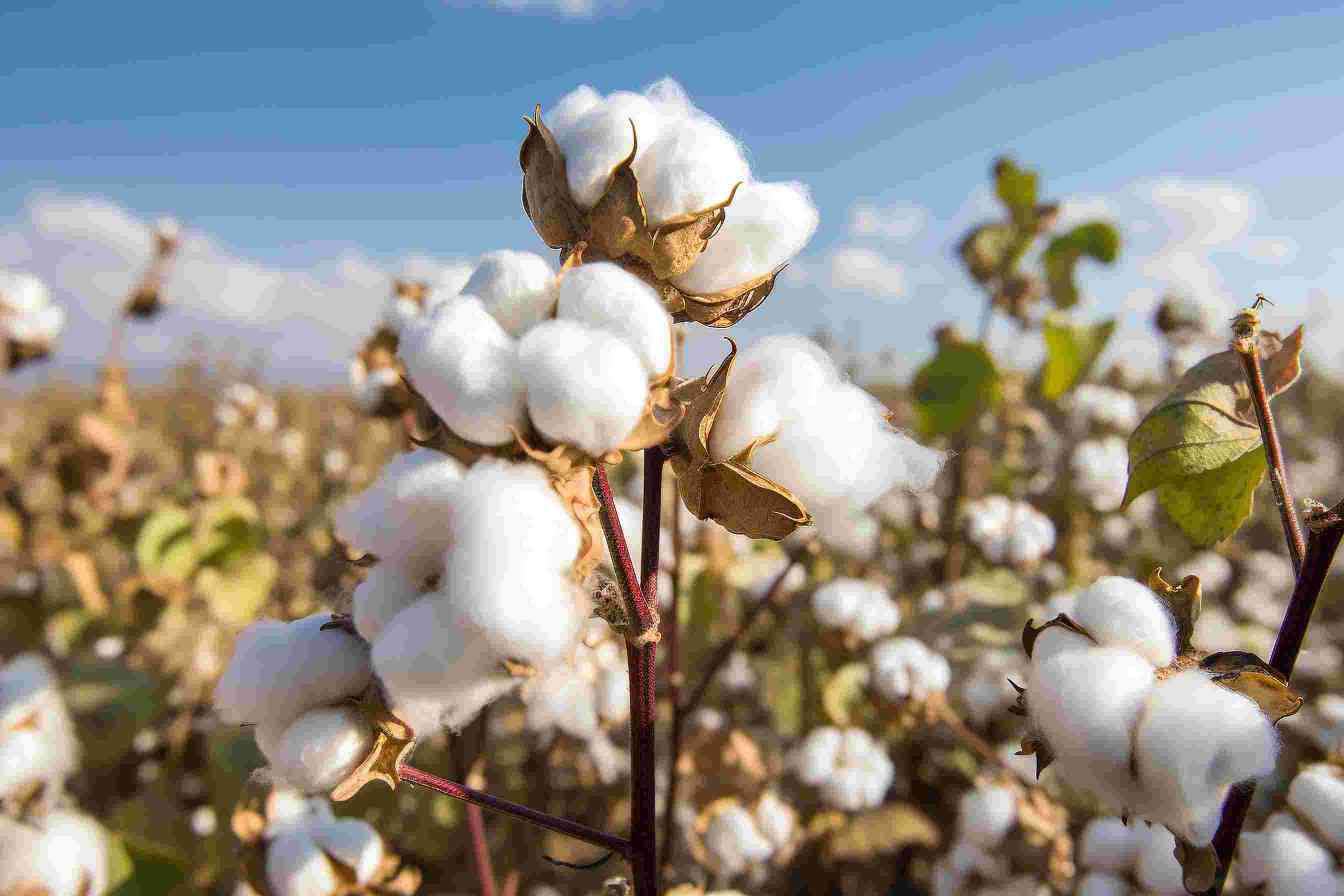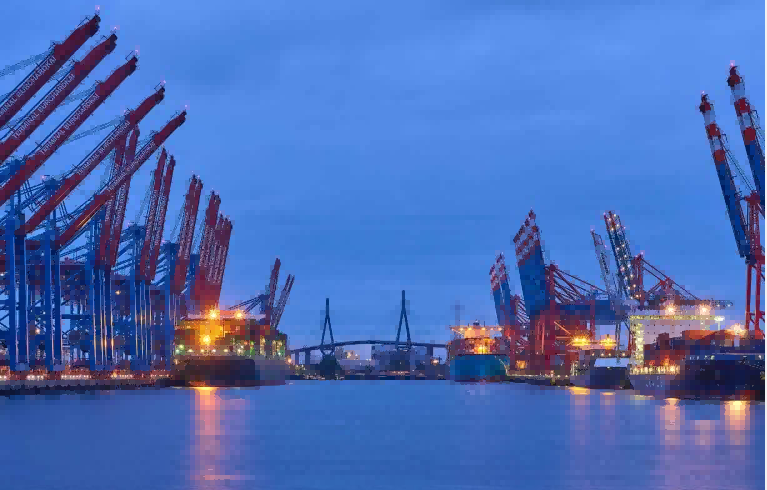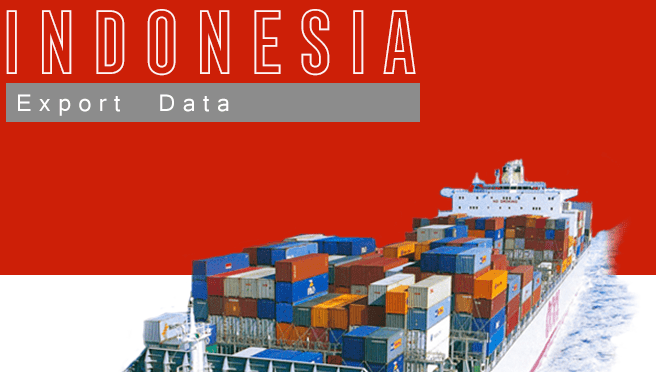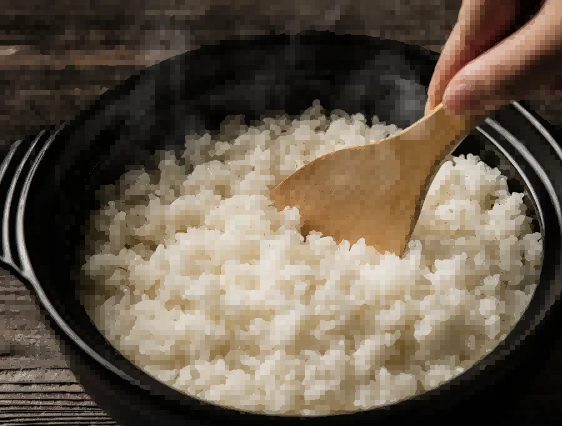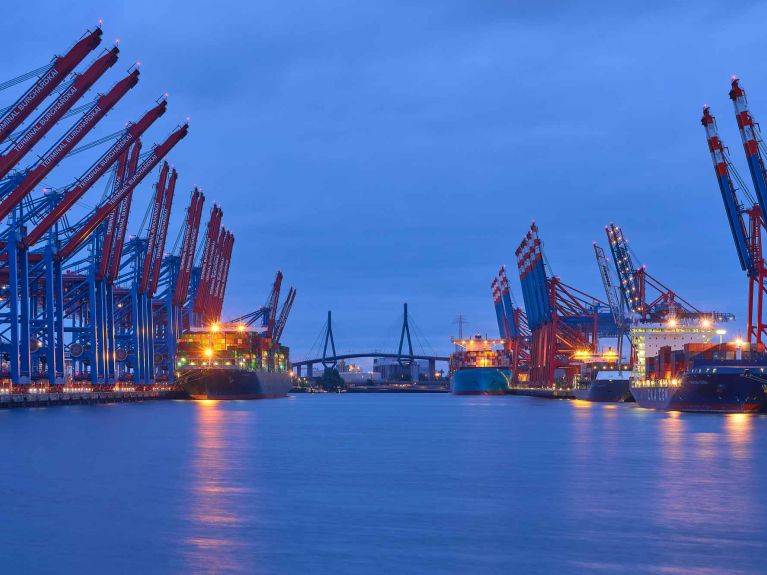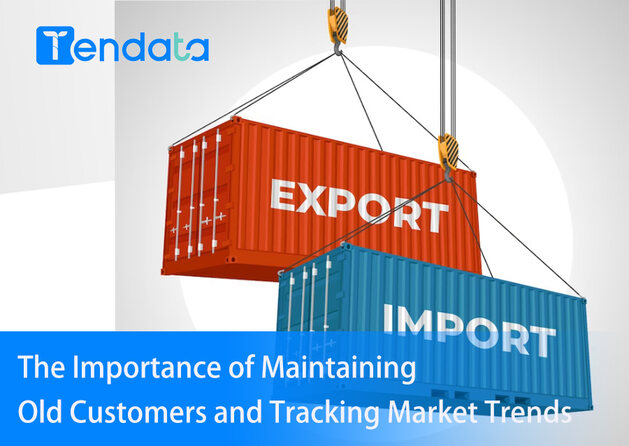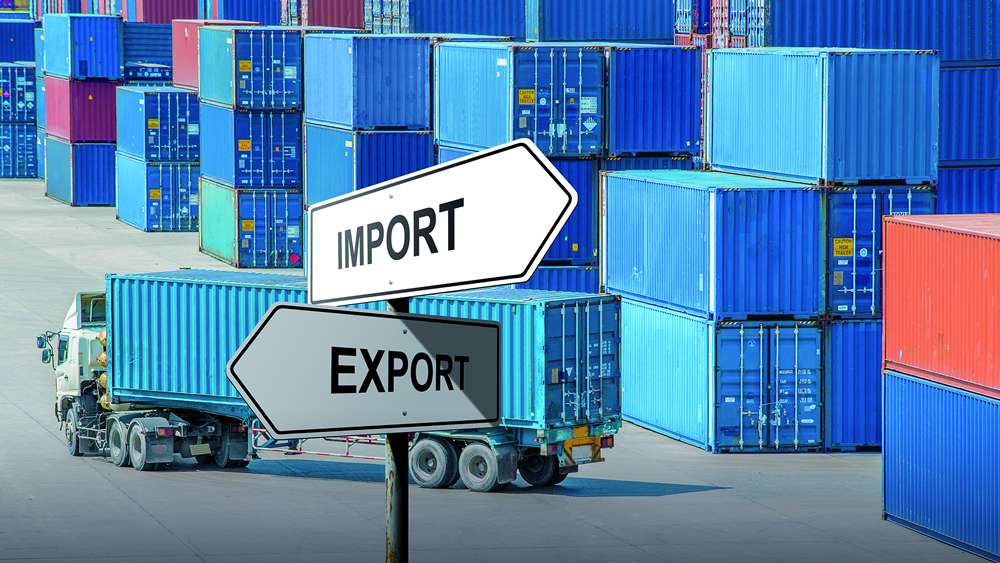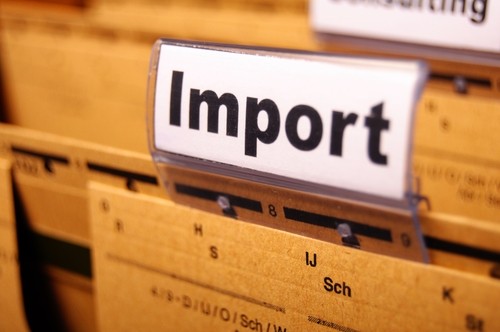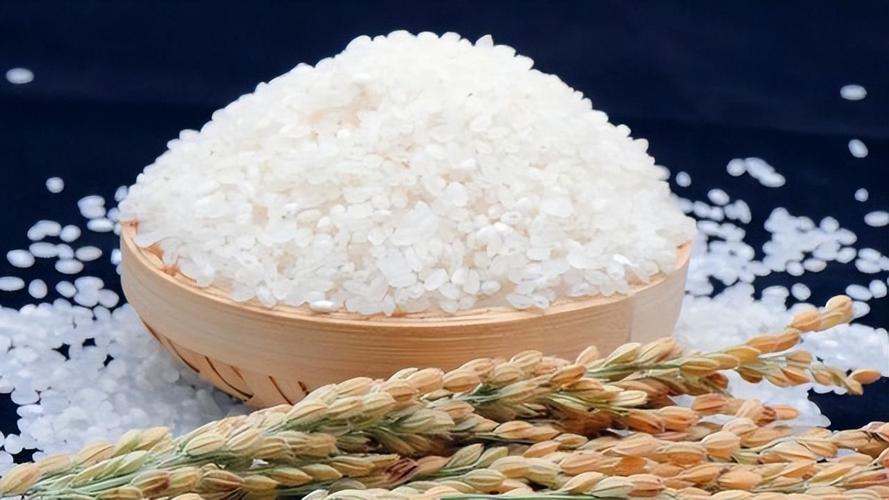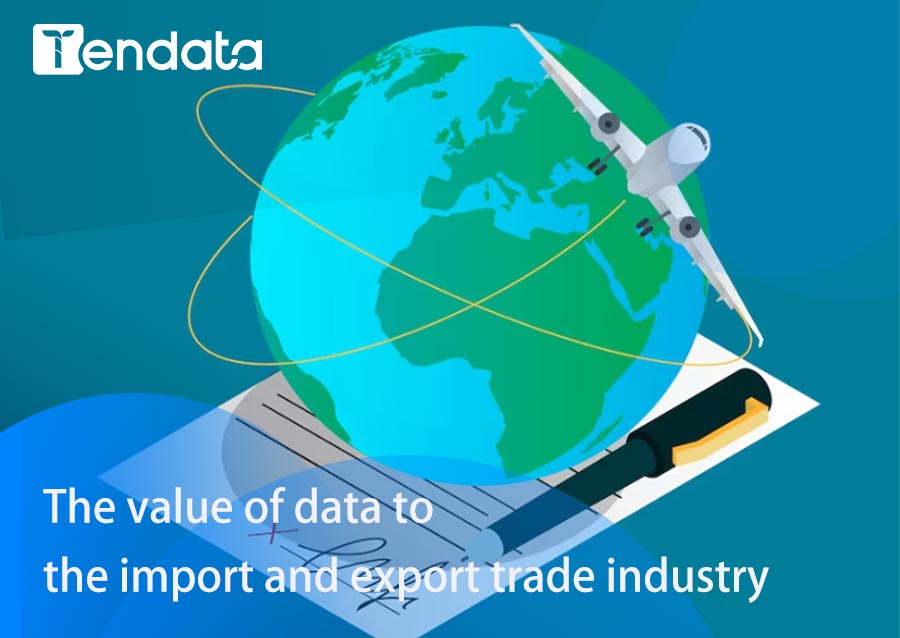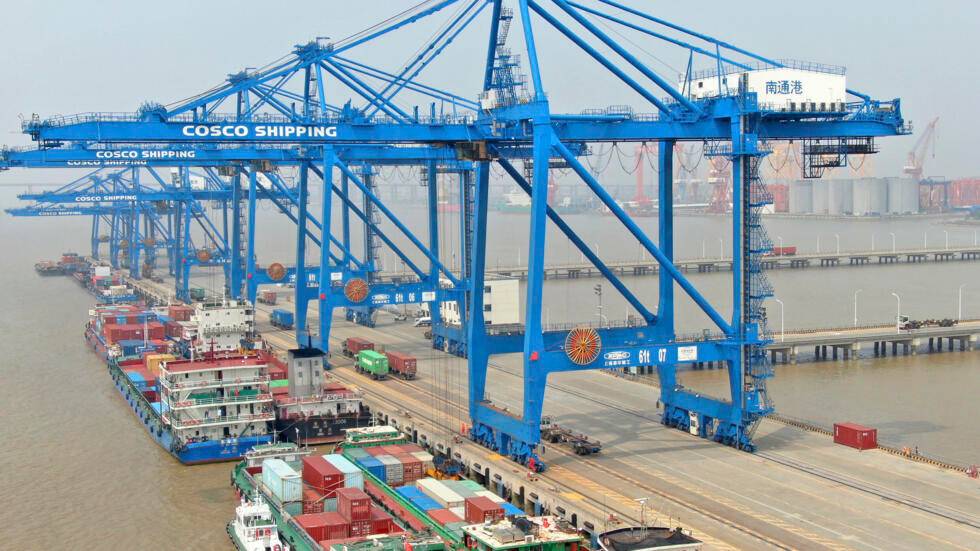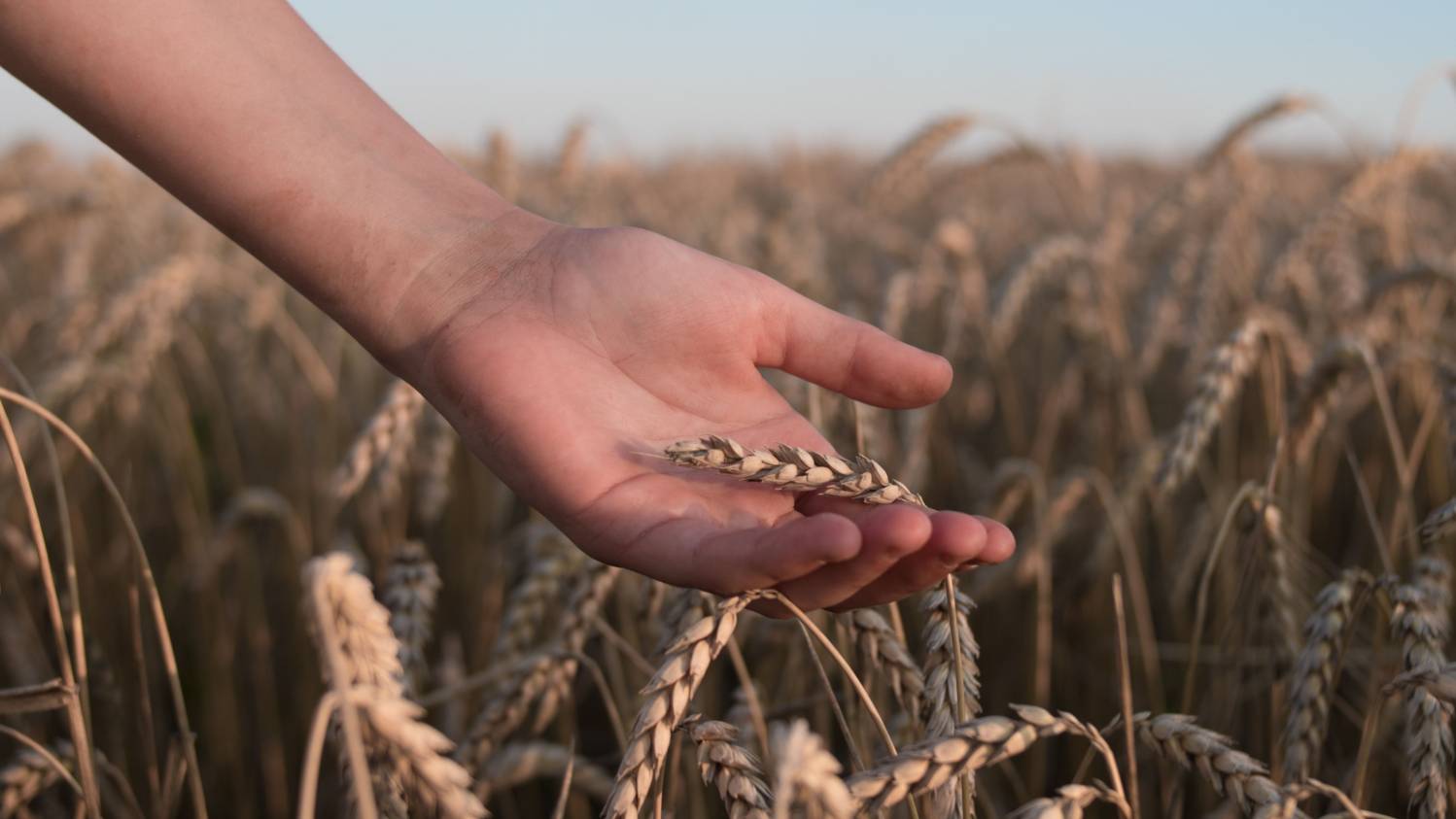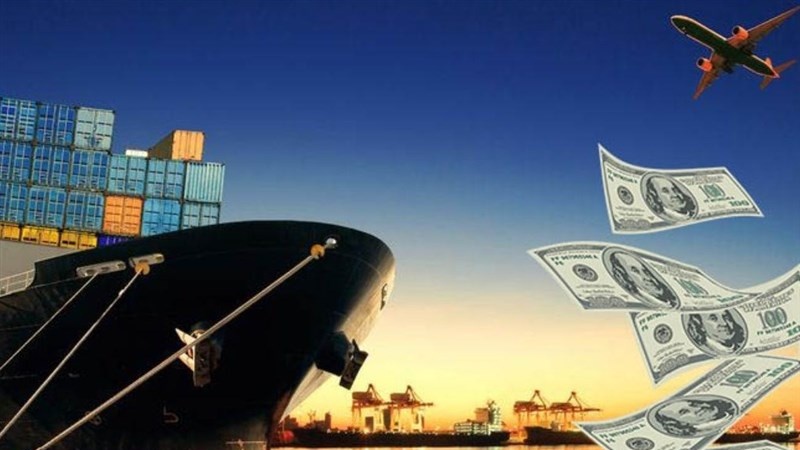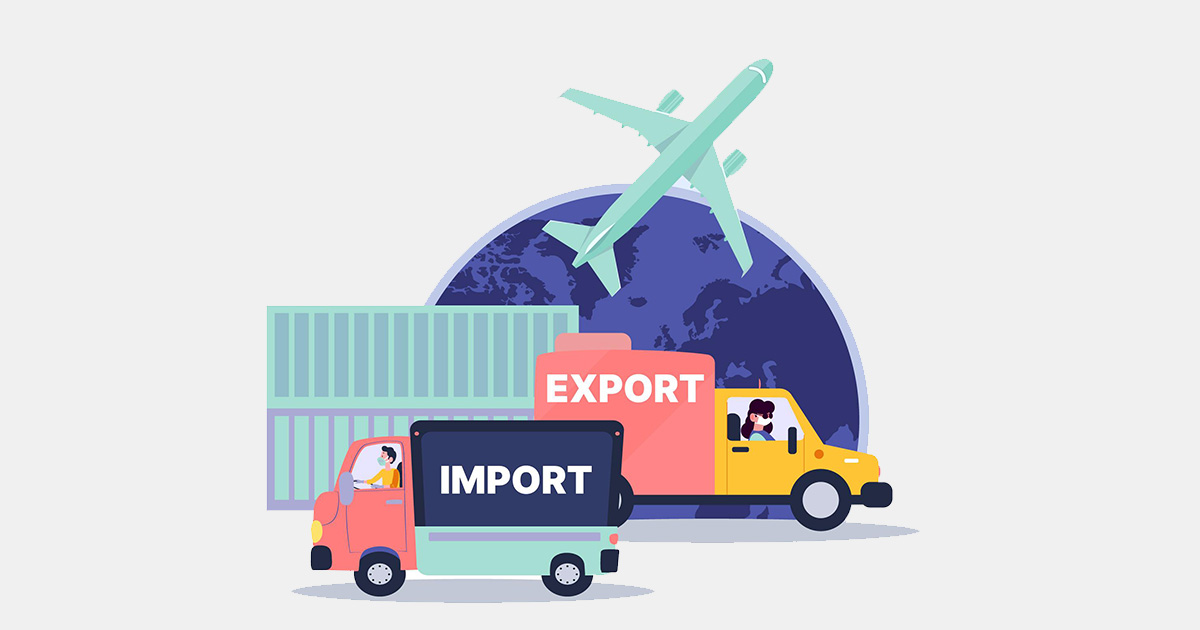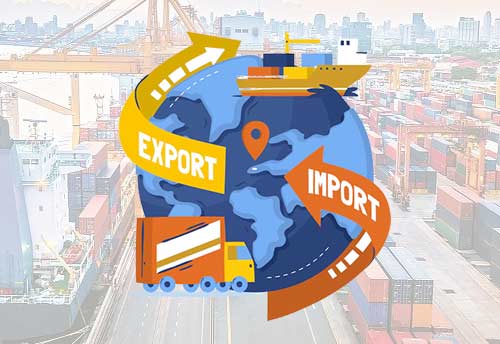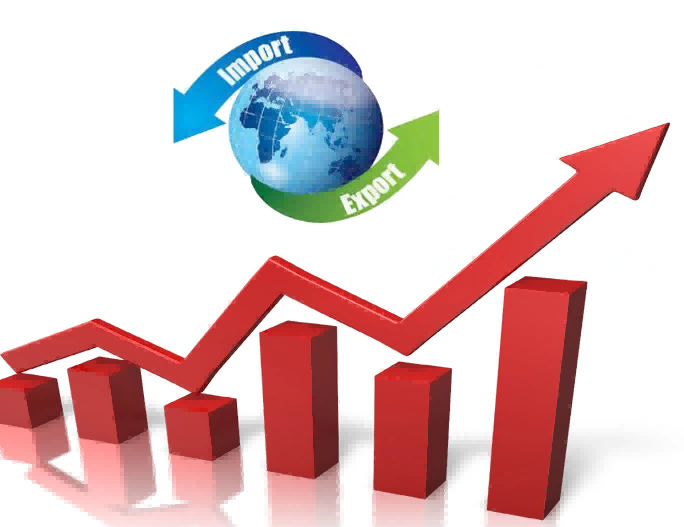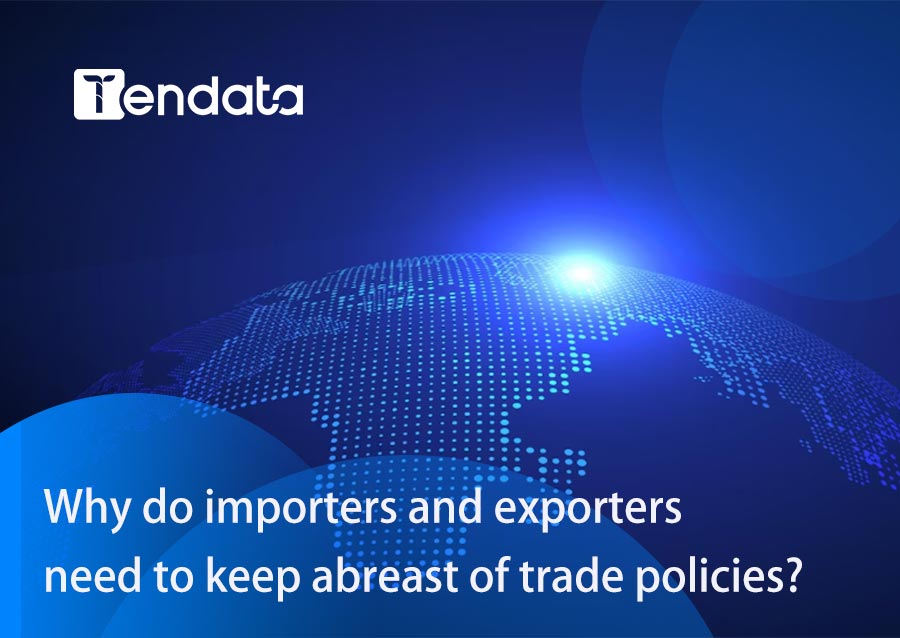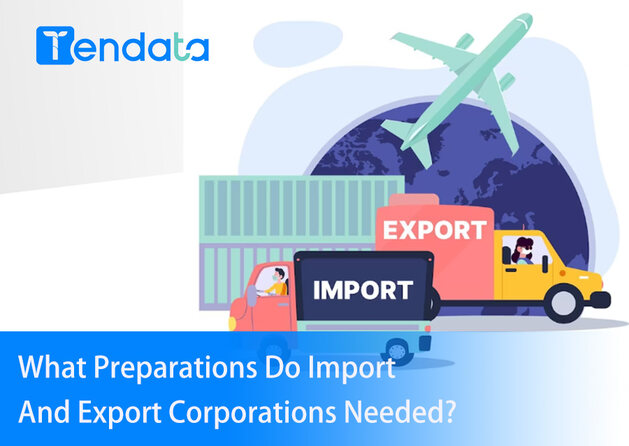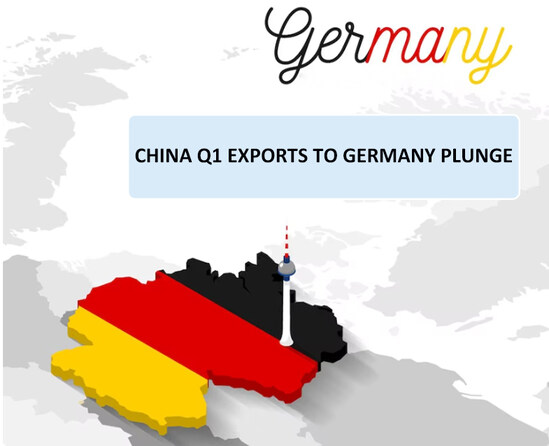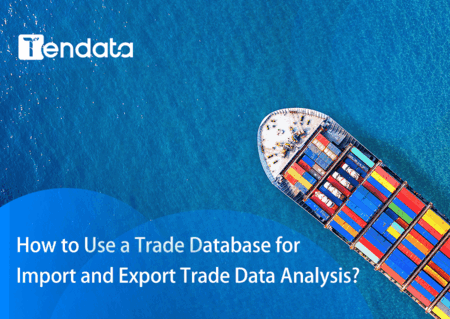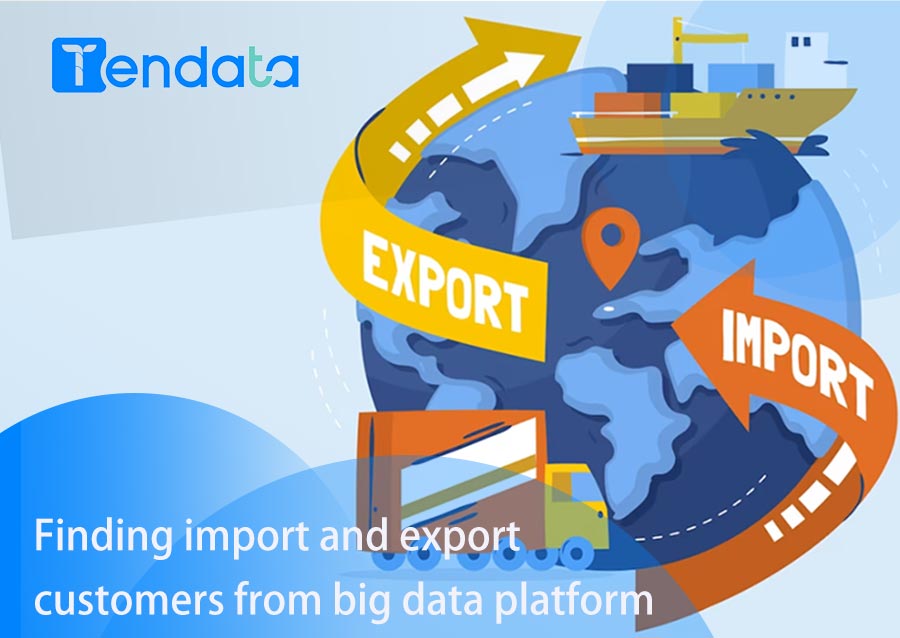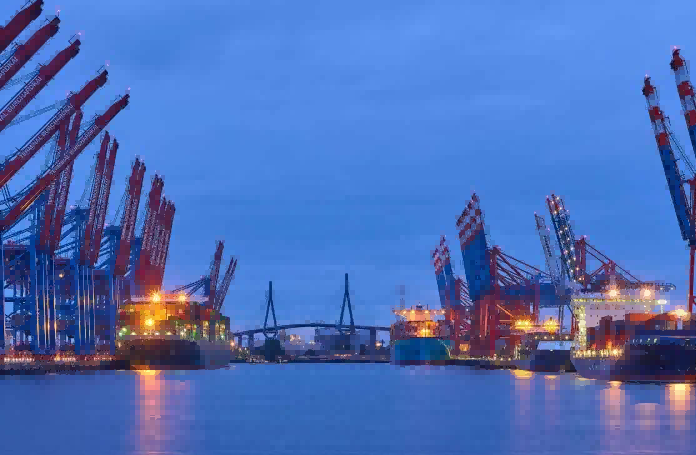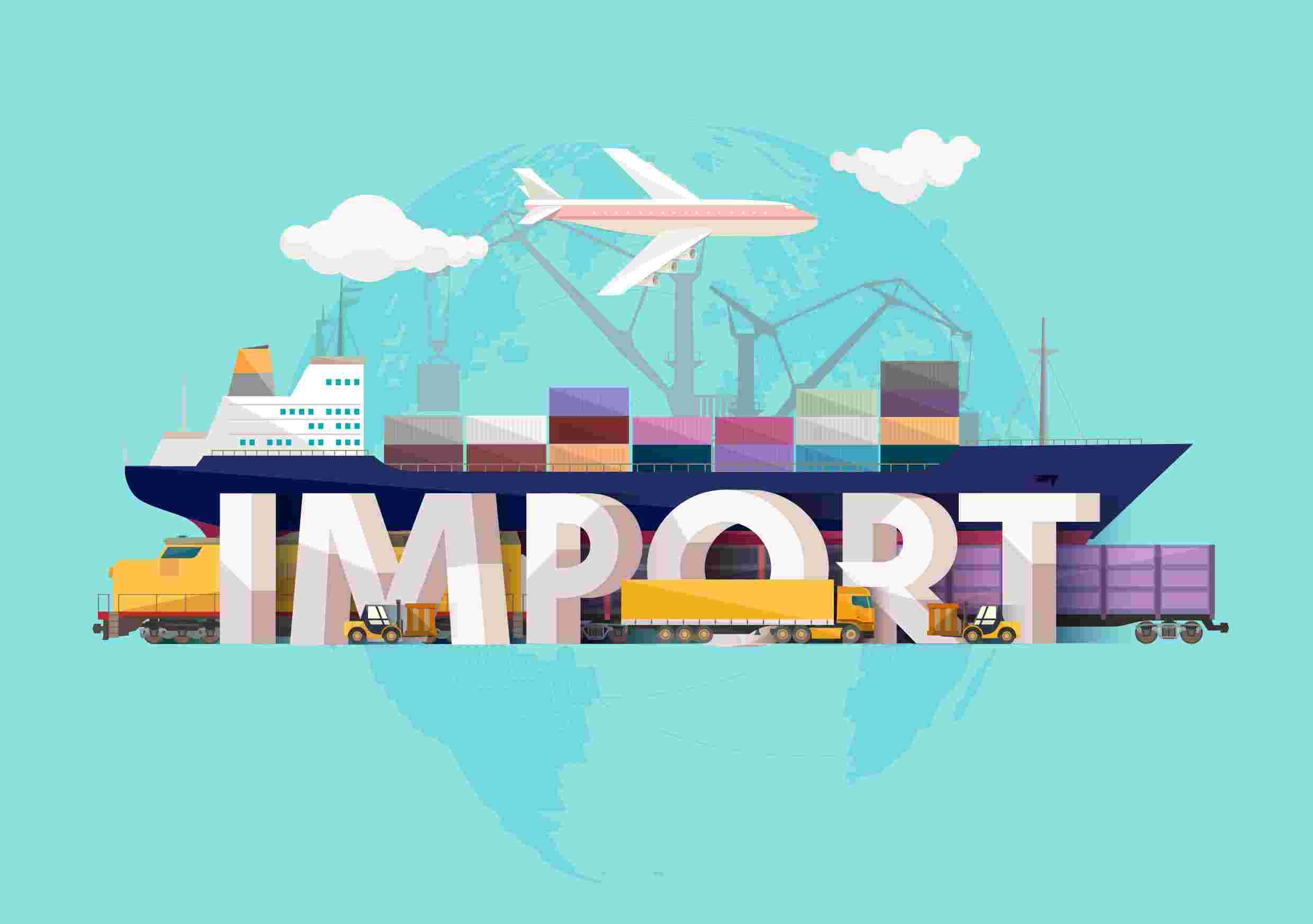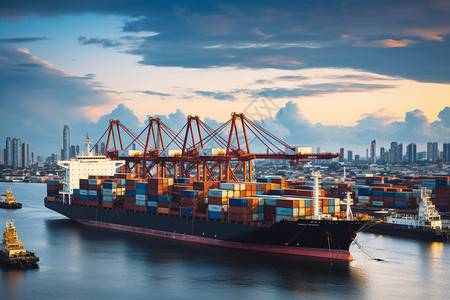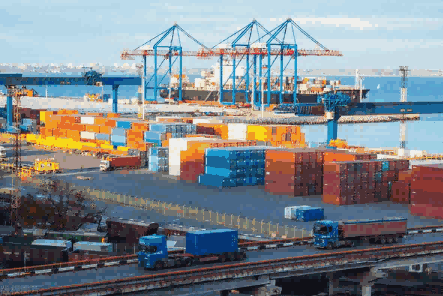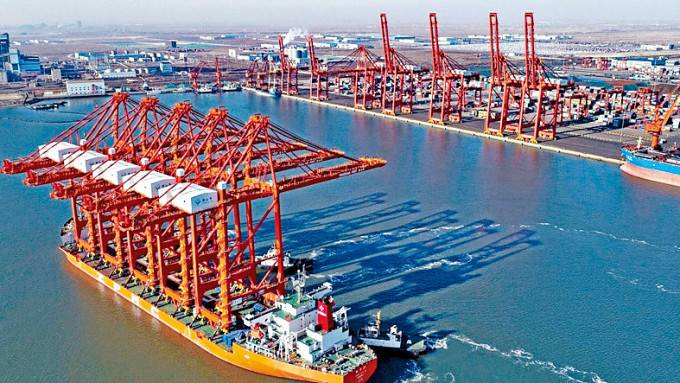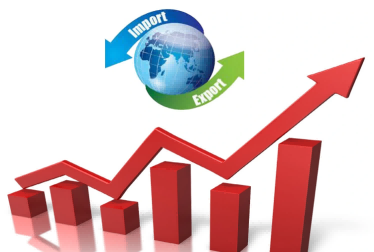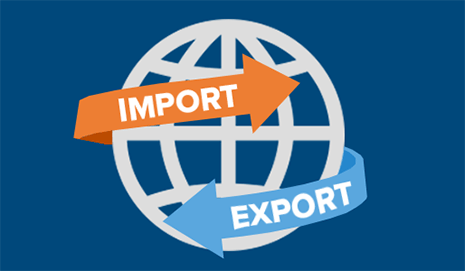 Trade Trends News
Trade Trends News
 2025-06-26
2025-06-26
Australian shepherds are profiting from record lamb prices as growing global demand for lamb drives an export boom in Australia, the world's largest supplier of lamb. The country is currently experiencing a sharp rise in meat exports, led by increasing appetite for lamb and mutton around the world.
Analysts say lamb prices are likely to rise further in the coming years as production in New Zealand, Australia’s biggest lamb export rival, stagnates. This trend is reinforcing Australia's position as a dominant force in global meat exports.
Matt Dalgleish, a livestock and meat analyst at consultancy Episode 3, said, “We're seeing wave after wave of price increases as export demand and market share grows.”
He noted that while seasonal fluctuations may affect short-term prices, “until the underlying pressures of limited supply and strong demand growth disappear, the future should be brighter for Australian producers.” These dynamics are boosting both the volume and value of Australian meat exports, especially in the premium lamb category.
Last year, Australia exported 702,000 metric tons of lamb, mutton, and goat meat valued at $3.6 billion—an increase of nearly 200,000 tons from 2019, the previous largest year for meat exports. This surge is driven by consistent demand from both traditional and emerging markets.
Shipments in the first four months of the year were 10 percent higher than the same period in 2024, according to Australian trade data, signaling strong momentum in the country’s meat exports performance.
Demand from processors has pushed the price of large lambs to a record A$11 (US$7.14) per kilogram, up 50 percent from the same time last year, according to national price indicators compiled by industry body Meat and Livestock Australia (MLA). This price rise underscores the growing profitability of Australian meat exports in the global marketplace.
China remains the largest importer of Australian lamb. Other major destinations include the United States, the United Kingdom, the European Union, and the Middle East—all contributing significantly to Australia’s thriving meat exports sector.
Income growth and rising populations in these markets have bolstered demand for lamb. Additionally, high beef prices, particularly in the U.S., have led many consumers to shift toward lamb and mutton, further supporting the expansion of Australian meat exports.
The ongoing decline of New Zealand’s sheep industry is also giving Australia a competitive edge. According to the MLA, Australia and New Zealand together account for more than 80% of global lamb exports. However, with New Zealand’s sheep population shrinking—due in part to the conversion of pastureland into pine forests for carbon credits—Australia is positioned to absorb the growing share of global meat exports demand.
“Australia stands to benefit from every uptick in global demand,” said Rabobank analyst Angus Gidley-Baird. “New Zealand is another major global exporter, but its production is stagnating or declining. So any increase in global demand is an opportunity for Australia to capitalize on.”
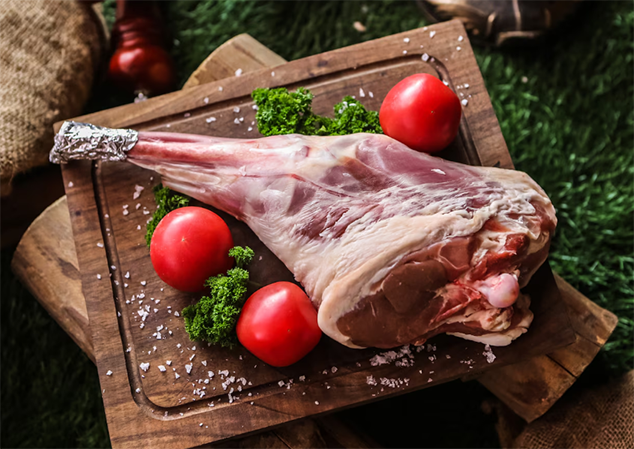
Through Tendata, you can quickly obtain a list of buyers and suppliers with real purchase records in the past year.
Enterprises can analyze the market from multiple dimensions, including purchase frequency, purchase quantity, purchase products, purchase price, supply chain, suppliers, etc. Through these data, companies can gain an in-depth understanding of customers' purchasing habits and preferences, so as to formulate precise marketing strategies and customized service plans.
Tendata also provides key contacts such as purchasers and executives of target customers, and supports personalized connections with these decision makers through social media platforms such as LinkedIn and Facebook. This method can help us quickly lock in potential customers and improve development efficiency.

Category
Leave Message for Demo Request or Questions


 T-info
T-info T-discovery
T-discovery

 My
Tendata
My
Tendata Market Analysis
Market Analysis Customer
Development
Customer
Development Competitor
Monitoring
Competitor
Monitoring Customer Relationship
Customer Relationship





